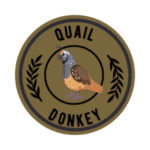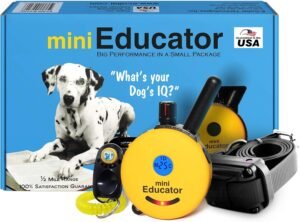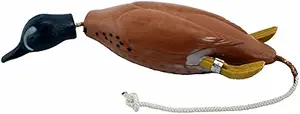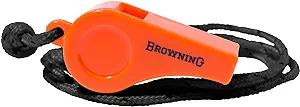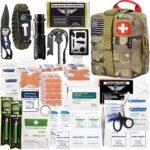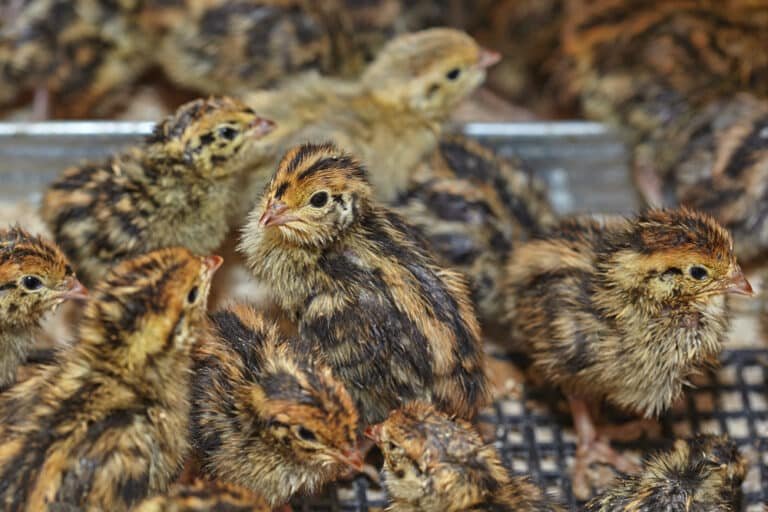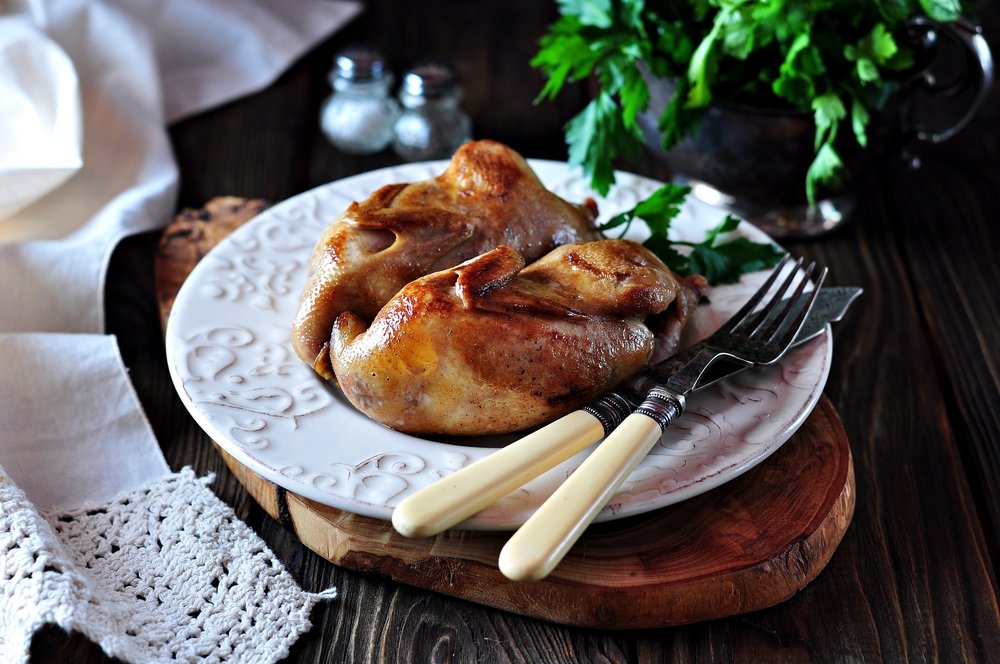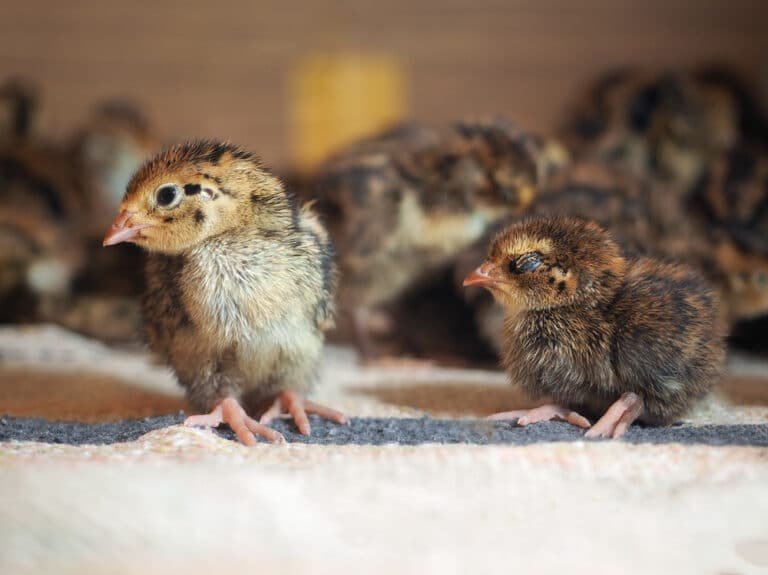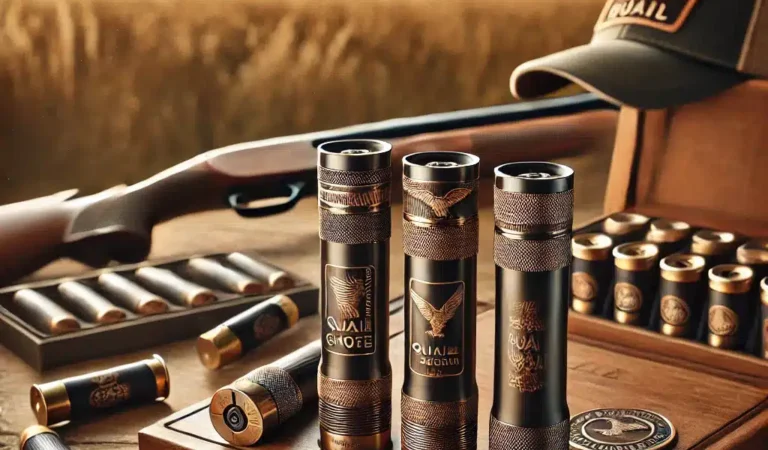Training Bird Dogs for Quail: 7 Essential Tips and Gear
The crisp morning air fills your lungs as you enter the field, your loyal canine companion at your side. Suddenly, your dog freezes, nose pointing ahead – you’ve just stumbled upon a covey of quail. This moment of perfect synergy between hunter and dog results from countless hours of training bird dogs for quail hunting.
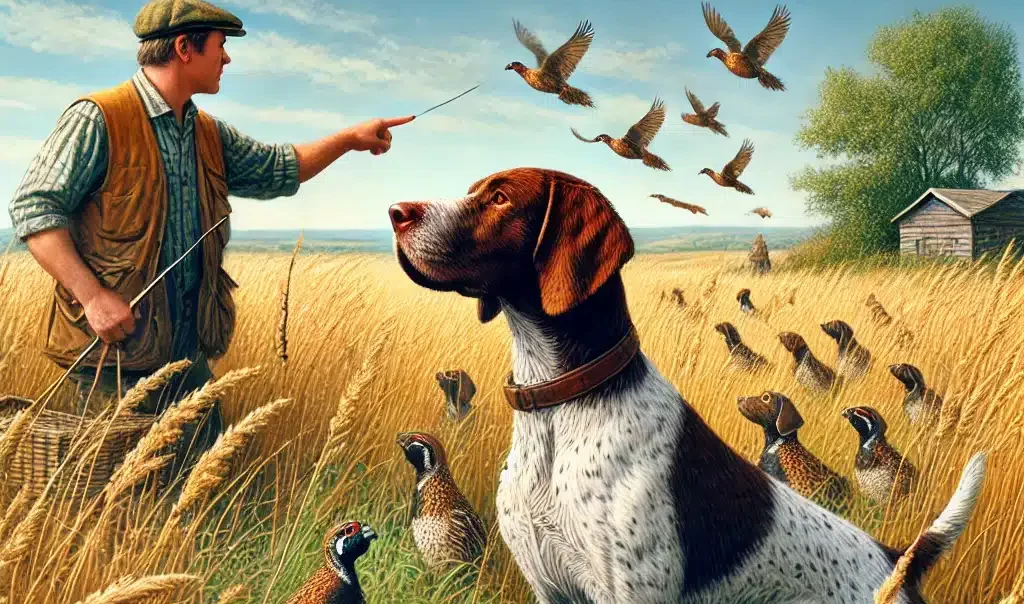
Whether you’re a seasoned hunter looking to refine your dog’s skills or a newcomer eager to train your first bird dog, you’ve come to the right place. In this comprehensive guide, we’ll walk you through the ins and outs of training bird dogs for quail and introduce you to the essential quail hunting dog training gear that will set you up for success.
We’ve covered you, from basic obedience to advanced fieldwork, check cords, and e-collars. So please grab a cup of coffee, settle in, and let’s embark (I couldn’t resist) on this exciting journey to create the ultimate quail hunting partnership with your four-legged friend!
Training Bird Dogs for Quail
1. Start with Basic Obedience
Before diving into specific quail hunting skills, ensure your dog has a solid foundation in basic obedience:
- Sit, stay, and come commands
- Heel walking
- Whistle recall
2. Introduce Scent Training
Quail have a distinct scent that your dog needs to recognize:
- Use quail wings or scent pads to familiarize your dog with the odor
- Play hide-and-seek games with scented objects
- Gradually increase the difficulty of finding the scent
3. Develop Pointing and Steadiness
For pointing breeds:
- Use a check cord to control your dog’s movement
- Introduce planted birds in a controlled environment
- Teach the “whoa” command for steadiness

4. Practice Flushing and Retrieving
- Use dummy launchers to simulate bird flushes
- Teach a soft mouth retrieve using training dummies
- Gradually introduce retrieving freshly harvested quail
5. Expose to Gunfire
- Start with cap guns at a distance
- Gradually increase volume and proximity
- Always associate gunfire with positive experiences (birds or treats)
6. Field Training
- Begin with planted birds in a controlled field setting
- Progress to more challenging terrains
- Practice realistic hunting scenarios
Remember: Every dog learns at its own pace. Be patient and consistent in your training approach.
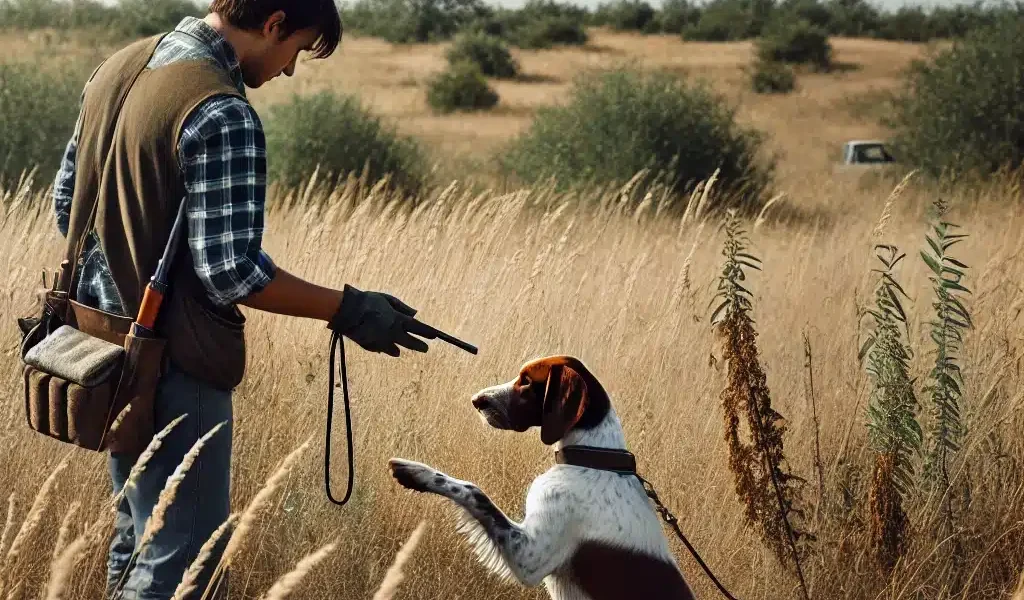
Part 2: Quail Hunting Dog Training Gear
Having the right gear can make your training sessions more effective and enjoyable. Here’s a list of essential quail hunting dog training gear:
1. Check Cord
- Purpose: Control and guide your dog during training
- Features: 20-30 feet length, durable material (nylon or leather), comfortable handle
- Our choice: Mighty Paw Check Cord
2. E-Collar
- Purpose: Reinforce commands at a distance
- Features: Adjustable stimulation levels, range of at least 1 mile, waterproof design
- Our choice: E-Collar – ET-300
3. Dummy Launcher
- Purpose: Simulates bird flushes
- Features: Adjustable launching distance, quiet operation, durable construction
- Our choice: DT SYSTEMS Super Pro
4. Training Dummies
- Purpose: Teach retrieving skills
- Types: Standard canvas dummies, scented dummies for scent training
- Our choice: Dokken’s DeadFowl Trainer
5. Quail Scent
- Purpose: Familiarize dog with quail odor
- Options: Liquid scent, scented wings, commercially available scent pads
- Our choice: D.T. Systems Training Scent
6. Whistle
- Purpose: Long-distance communication
- Features: Consistent, clear tone, comfortable mouthpiece, lanyard for easy access
- Our choice: Browning Dog Training Whistle
7. First Aid Kit
- Purpose: Address minor injuries in the field
- Essential items: Antiseptic wipes, bandages, tweezers (for removing thorns or splinters), saline solution for eye washing
- Our choice: EVERLIT 250 Pieces
Advanced Training Techniques
Now that we’ve covered the basics let’s explore some advanced techniques to polish your dog’s quail hunting skills.
1. Developing a Reliable Stop-to-Flush
A well-trained quail dog should stop and remain steady when birds flush, allowing you to take a safe shot.
- Use a check cord to control your dog’s movement
- Plant birds in a field and walk your dog through on a lead
- When birds flush, firmly command “whoa” and ensure your dog stops
- Gradually increase distance and difficulty
Gear Tip: A quality check cord is crucial for this training. Look for one with a comfortable handle and reflective threading for visibility.
2. Honoring Another Dog’s Point
They must honor each other’s points if you hunt with multiple dogs.
- Work with an experienced dog that holds point well
- Bring your trainee dog in on a check cord
- Use the “whoa” command to stop your trainee when they see the other dog on point.
- Reward compliance with praise and treats
Gear Tip: An e-collar can reinforce the “whoa” command at a distance but always start with positive reinforcement methods.

3. Refining the Retrieve
A soft mouth and reliable retrieve are invaluable in the field.
- Use a variety of dummy sizes and weights to simulate different birds
- Practice retrieving from water if you hunt near ponds or marshes
- Introduce distractions during retrieves to prove the behavior
Gear Tip: Invest in a good selection of training dummies, including some specifically designed to mimic quail in size and weight.
4. Enhancing Scenting Ability
While a dog’s nose is naturally talented, you can help refine their scenting skills.
- Use scent drags to create longer trails for your dog to follow
- Practice in various wind conditions to teach your dog to use the wind
- Gradually decrease the amount of scent used to challenge your dog
Gear Tip: A scent drag kit, including bottled quail scent and a dragline, is valuable to your training gear.
Quail Hunting Dog Training Gear Tips

Maximizing E-Collar Effectiveness
An e-collar can be a powerful training tool when used correctly.
- Start with the lowest stimulation level your dog responds to
- Always pair e-collar stimulation with a verbal command
- Use it to reinforce known commands, not to teach new ones
- Practice proper timing – the stimulation should coincide with the undesired behavior
Utilizing Dummy Launchers for Realistic Training
Dummy launchers can significantly enhance your flush and retrieve training.
- Start with short distances and work up to longer launches
- Use it to simulate surprise flushes during fieldwork
- Incorporate whistles and blank pistols to create a more realistic hunting scenario
Incorporating GPS Tracking in Training
While primarily used during actual hunts, GPS tracking collars can be valuable training aids.
- Use it to monitor your dog’s range and adjust as needed
- Review tracked routes to understand your dog’s search patterns
- For dogs that range too far, use the tracking data to time your recall whistles effectively
Caring for Your Quail Hunting Dog Training Gear
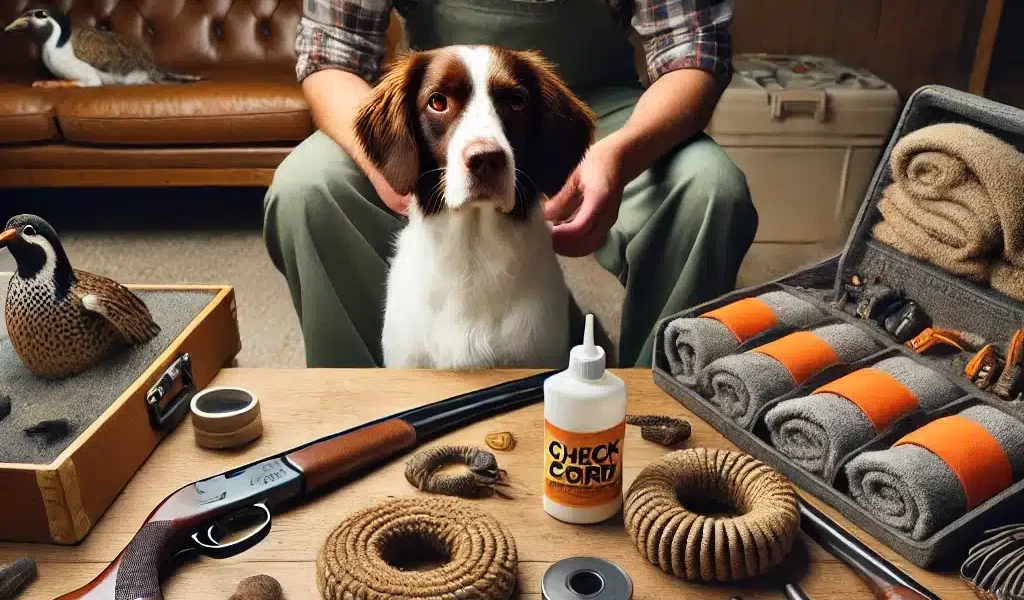
Proper gear maintenance ensures it’s always ready for your next training session.
- Clean your dummy launchers after each use to prevent rust and ensure reliable operation
- Regularly check e-collar contact points and clean them to maintain good contact with your dog’s skin
- Wash check cords and leads to remove accumulated dirt and scent
- Store electronic devices in a dry place and keep batteries charged
- Inspect all gear before each training session for signs of wear or damage
Creating a Progressive Training Plan
Training a quail hunting dog is a journey, not a destination. Here’s a sample 12-week progressive plan to guide your training:
- Weeks 1-2: Focus on basic obedience and introduction to bird scent
- Weeks 3-4: Introduce pointing exercises and begin stop-to-flush training
- Weeks 5-6: Start retrieval training and continue refining pointing and steadiness
- Weeks 7-8: Introduce gunfire and combine pointing steadiness and retrieval exercises
- Weeks 9-10: Begin quartering drills and expand to larger training areas
- Weeks 11-12: Simulate real hunting scenarios, combining all learned skills
Adjust this plan based on your dog’s progress, and always end training sessions on a positive note.
Conclusion
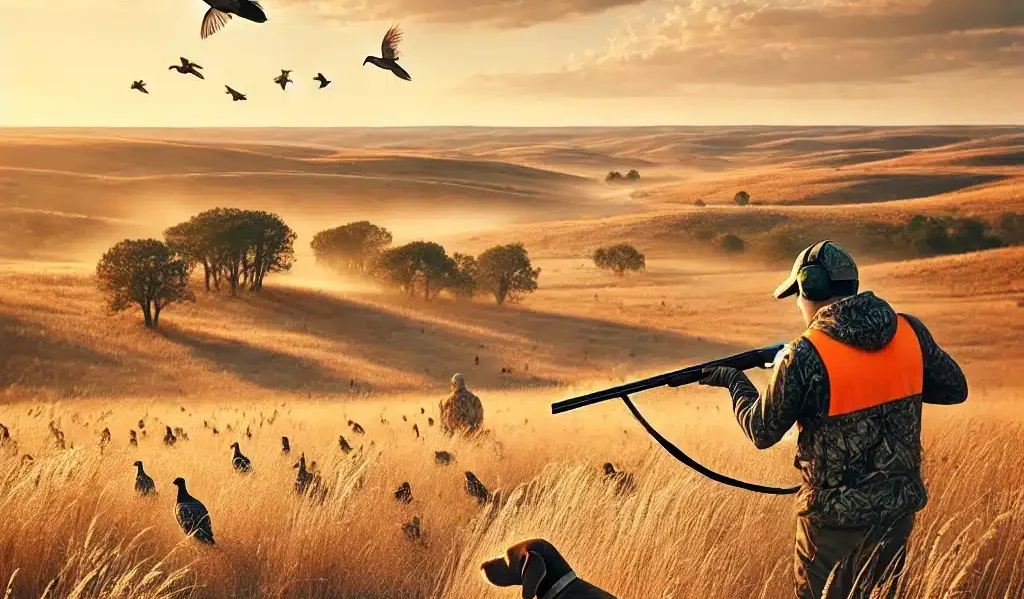
Training bird dogs for quail is a rewarding journey that requires patience, consistency, and the right gear. By combining tried-and-true training techniques with quality quail hunting dog training gear, you’ll be well on your way to developing a skilled and reliable hunting companion.
Every dog is unique, so be prepared to adapt your training methods to suit your dog’s personality and learning style. Celebrate the small victories along the way, and before you know it, you and your four-legged partner will work together seamlessly in the field.
Now, grab that check cord, whistle, and a handful of dog treats – it’s time to start training! Happy hunting, and may your seasons be filled with plenty of quail and perfect points from your well-trained canine friend!
